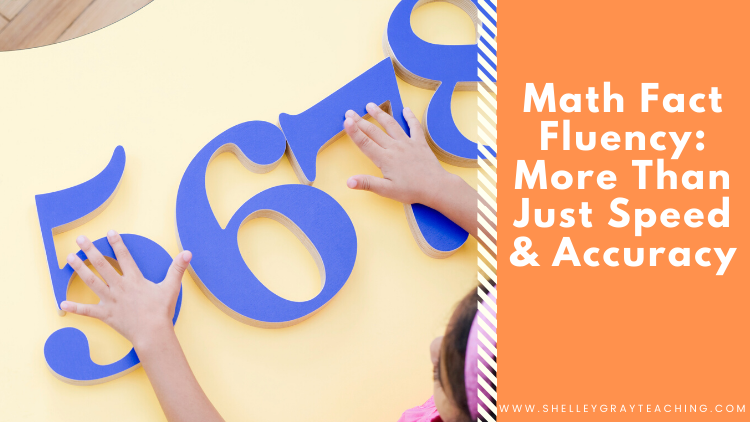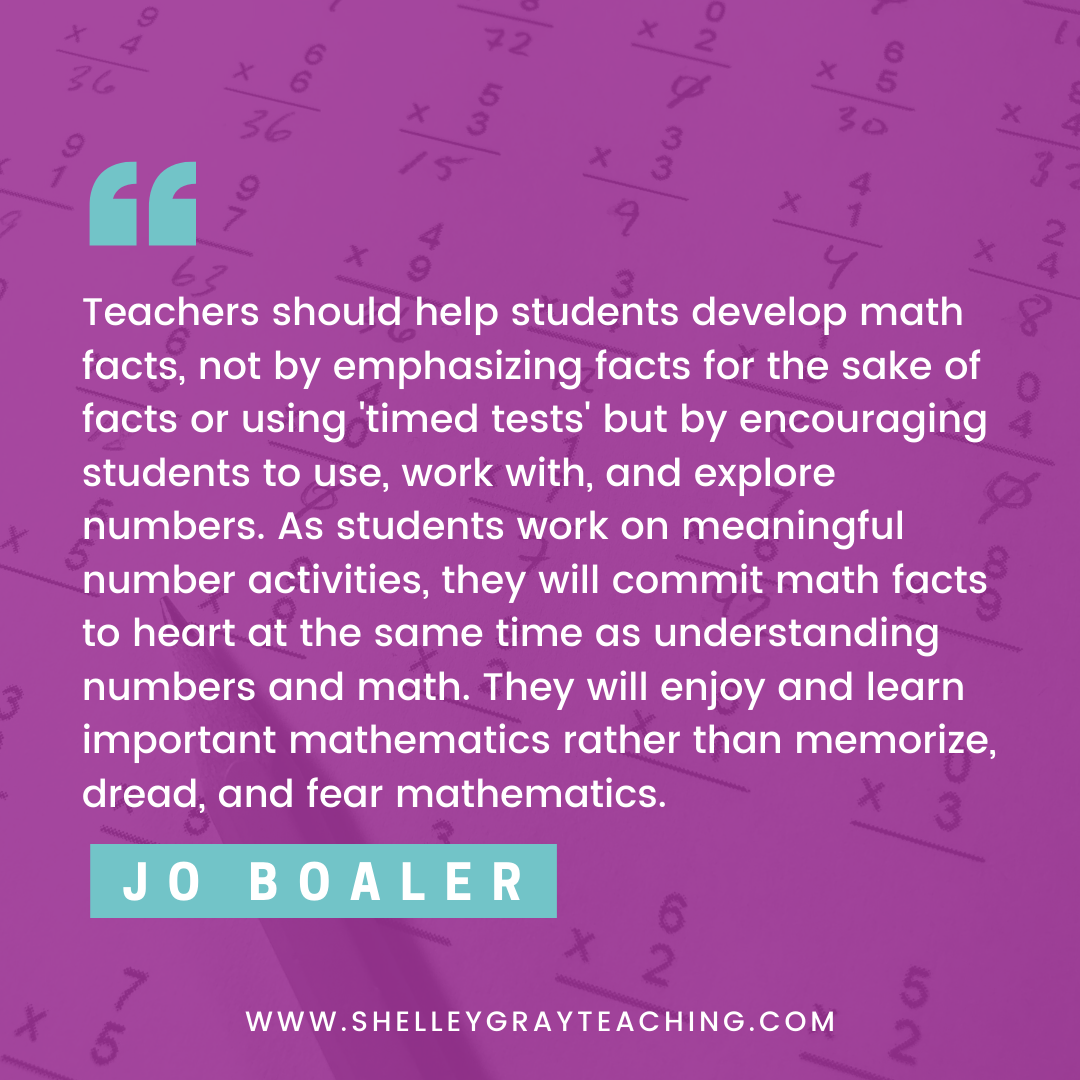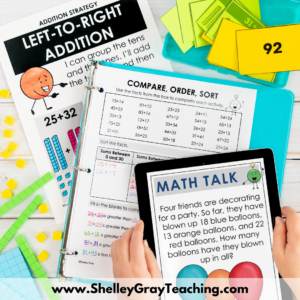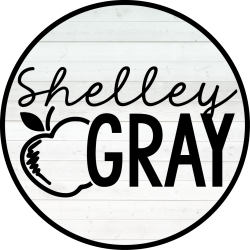
When we think about math fact fluency, we often think about being fast. We encourage our students to answer facts quickly and sometimes use speed tests or other methods to achieve this goal. The part we tend to miss is this – when we consider math fact fluency to be ALL about speed, we leave a large percentage of our students behind and they believe they are “not good at math” because they aren’t fast. There has been SO much research done on this topic in recent years, and we now KNOW that fluency is about much more than simply speed and accuracy. Fast and accurate does not mean that a student is fluent.
Fact fluency is about much more than speed and accuracy. When students are truly fluent, they are accurate and efficient, but they are also flexible and able to use appropriate strategies.
Let’s discuss each one of these so that we really understand what fluency means.
MATH FACT FLUENCY INDICATOR #1: ACCURACY
Accuracy means the correct answer.
MATH FACT FLUENCY INDICATOR #2: EFFICIENCY
Efficiency refers to a quick recall of a fact. Typically, we look for recall within 1-3 seconds; however, a recall may take longer with more advanced thinking strategies. Effiency or “being fast” is what many teachers look for when they are deciding if a student is fluent or not. But there’s more to it…
MATH FACT FLUENCY INDICATOR #3: FLEXIBILITY
This is one of the most under-used indicators of fluency and it’s easy to see why – it’s difficult to assess, and can be intimidating to teach! Flexibility means that students are comfortable thinking about a problem in more than one way and can build connections and relationships between facts. For example, a student might show flexibility if he understood that to solve 8×6, he could use 4×6 and then double it.
Using the CRA Model (Concrete Representational Abstract) is essential for helping students visualize math so that they can become flexible thinkers.
MATH FACT FLUENCY INDICATOR #4: APPROPRIATE STRATEGY USE
Appropriate strategy use means that the student selects a strategy that makes sense for the problem.
IN CLOSING
The tendency to see fluency ONLY as quick and accurate recall results in many of our students’ failure to become fluent. It creates gaps in students’ understanding that can hinder them as they progress through higher grades. Rather than math becoming an exploration, it becomes a monotonous, seemingly irrelevant routine of memorization.
I want to leave you with an excerpt from Jo Boaler’s Fluency Without Fear article. If you haven’t read it, please do!

Sometimes we promote the idea of fluency as only fast and accurate without even realizing it. It’s important to reflect on our teaching practices.
What are we reinforcing?
Do we allow students the thinking time they need to choose appropriate strategies and use them?
Do we implement routines such as Number Talks that will enable our students to share and reflect on strategies?
Are we allowing ample time with concrete materials so that our students have the chance to build that flexible understanding?
Let’s make sure that our students have the opportunity to explore math rather than memorize it!

The Best Way to Teach Multiplication Facts: 12 Steps to True Understanding
Teaching multiplication is no easy task! Encouraging students to memorize the facts only allows a small percentage of them to be successful. Even then, those
Target Number: A Card Game to Practice Math Facts
Target Number is a two player card game to reinforce basic operations. Please scroll down for the video version of the game instructions. Object: to

Effective Mental Math Addition Strategies to Master the Addition Facts
So you’re ready to implement mental math addition strategies this year, but aren’t sure where to start! All the different ways to teach addition facts






One Comment